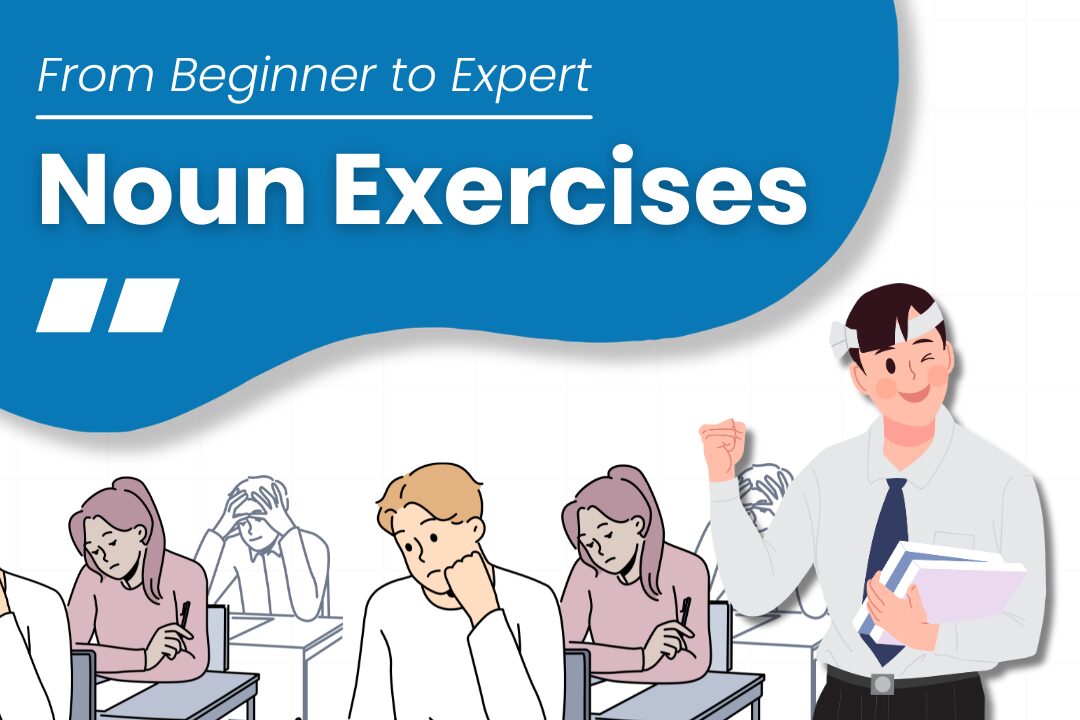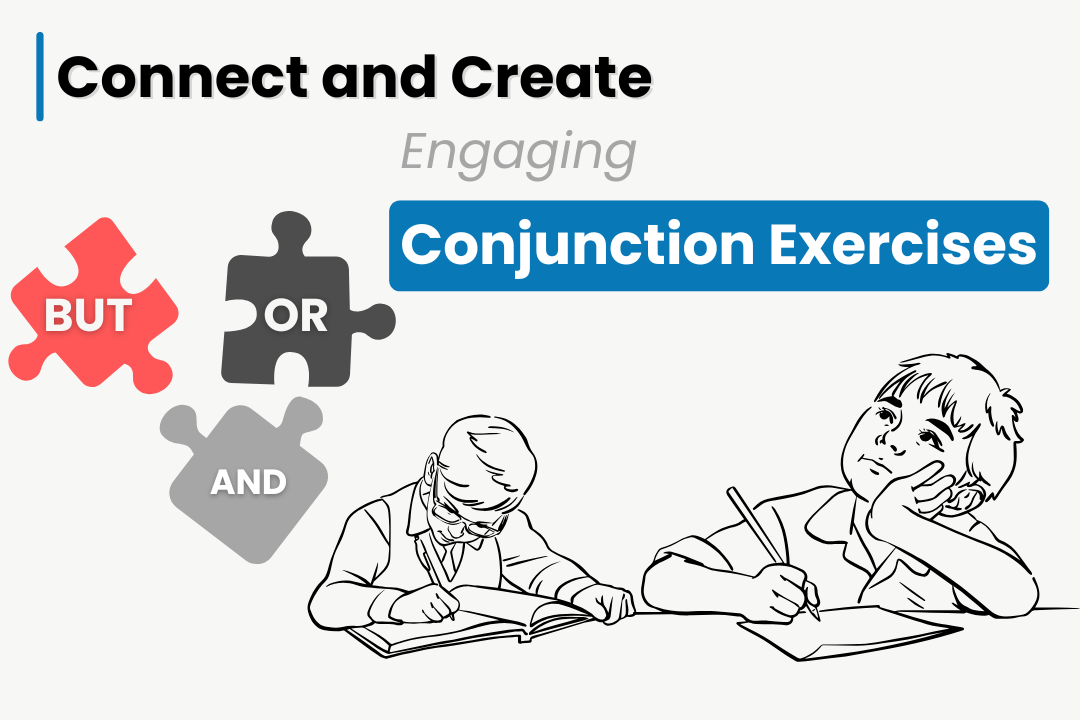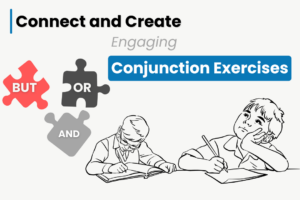
In the ways of communication, writing perfect messages is important. Whether it is an informal note to a friend or a formal missive to an authority figure, the ability to convey thoughts clearly and concisely holds immense significance.
For Class 10 CBSE students, mastering the skill of message writing or writing a dialogue format, not only ensures academic success but also equips them with vital life skills. Understanding the nuances of both formal and informal message writing formats, along with the essential structure and key tips, can significantly bolster their communication repertoire.
Formal and Informal Message Writing Formats
Understanding the difference between formal and informal formats is important. Formal message writing is similar to formal letter writing, it has a strict structure and follows a professional tone, used in official or business communications. And, informal message writing is similar to informal letter writing, maintains a friendly and conversational tone, suitable for communicating with friends, family, or acquaintances.
Structure of Message Writing
Regardless of the format, a well-structured message follows a coherent pattern that is quite different from composition writing. It usually comprises the following elements:
- Date and Time: The date and time of writing the message should be mentioned at the top right or left corner.
- Sender’s Address: In formal messages, the sender’s address is important, placed at the beginning of the message. In informal messages, this might be optional.
- Receiver’s Address: The recipient’s address is vital in formal messages, whereas in informal messages, it can be omitted or replaced with a salutation.
- Greetings: In informal messages, a friendly salutation is used, while in formal messages, a respectful salutation is employed.
- Body: This is the crux of the message, where the content is communicated clearly and concisely, adhering to the purpose and audience.
- Conclusion: A formal message usually ends with a formal closing, while an informal message can have a friendly sign-off.
- Sender’s Name and Designation: It is important to mention the sender’s name and designation at the end of the message, particularly in formal communication.
Tips for Effective Message Writing
- Understand the Purpose and Audience: Before drafting a message, comprehend the purpose and the intended audience. This will help in tailoring the message appropriately.
- Clarity and Conciseness: Ensure that the message is clear and concise, avoiding unnecessary details or ambiguity.
- Tone and Language: Maintain an appropriate tone, depending on the format and the recipient. Use formal language for formal messages and conversational language for informal ones.
- Proofreading and Editing: Always proofread the message to eliminate any grammatical errors, spelling mistakes, or unclear phrases.
- Appropriate Format: Follow the prescribed format diligently, as it reflects professionalism and adherence to standard communication protocols.
Common Message Writing Mistakes to Avoid
- Ambiguity and Vagueness: Ambiguous messages can lead to misunderstandings. Avoid vague language and unclear expressions.
- Grammatical Errors: Grammatical errors can undermine the credibility of the message. Avoid such errors through careful proofreading and editing.
- Informality in Formal Messages: Maintaining a formal tone is imperative in formal messages. The use of slang or overly casual language should be strictly avoided.
- Less Clarity: A message should communicate the clear information.
Sample Messages for Various Purposes
Formal Message Sample:
Date: [Date]
From: [Sender’s Address]
To: [Receiver’s Address]
Subject: [Subject]
Dear Sir/Madam,
[Body of the message]
Yours sincerely,
[Sender’s Name]
[Sender’s Designation]
Informal Message Sample:
Date: [Date]
Dear [Recipient’s Name],
[Body of the message]
Take care,
[Your Name]
Message Writing Practice Exercises
To improve message writing skills, regular practice is important. Engage in exercises that involve crafting messages for different scenarios, incorporating both formal and informal formats. This can include writing messages for congratulatory purposes, invitations, inquiries, or apologies, among others.
Tips for Scoring High on CBSE Message Writing
- Familiarise Yourself with the Format: Gain a thorough understanding of the prescribed message writing format and structure.
- Clarity and Coherence: Ensure that the message is coherent and comprehensible, with a clear flow of information.
- Appropriate Language and Tone: Tailor the language and tone according to the message format and the intended recipient.
- Practice Regularly: Regular practice through mock exercises and sample messages can significantly enhance your message writing skills.
Mastering the art of message writing requires a blend of structure, language proficiency, and an understanding of the intended purpose and audience. By adhering to the prescribed format, avoiding common mistakes, and following the essential tips, Class 10 CBSE students can develop a strong foundation in effective communication, enabling them to excel not only academically but also in various facets of their personal and professional lives.








